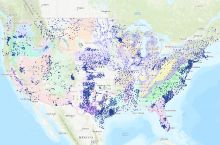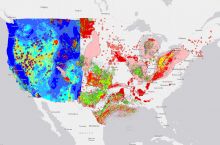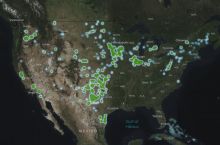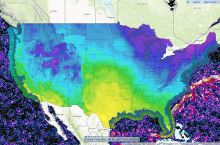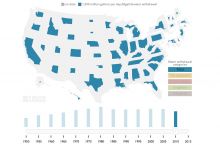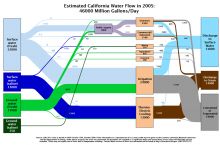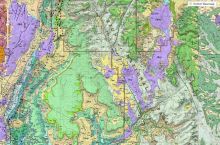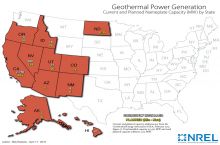By the numbers: Utah
- 4,224 geoscience employees (excludes self-employed)1
- 1.15 billion gallons/day: total groundwater withdrawal3
- $2.61 billion: value of nonfuel mineral production in 20174
- 31 total disaster declarations, including 18 fire, 8 flood, and 2 severe storm disasters (1953-2017)6
- $9.02 million: NSF GEO grants awarded in 201714...
Agencies Working on Geoscience Issues in utah
Utah Department of Environmental Quality
DEQ's mission is, "Safeguarding and improving Utah’s air, land and water through balanced regulation." We implement State and federal environmental laws and work with individuals, community groups, and businesses to protect the quality of our air, land and water.
Utah Division of Oil, Gas and Mining
The mission of the Utah Division of Oil, Gas and Mining is to regulate the exploration and development of coal, oil and gas, and other minerals in a manner which encourages responsible reclamation and development; protects correlative rights; prevents waste; and protects human health and safety, the environment, and the interests of the state and its citizens.
Utah Geological Survey
The Utah Geological Survey provides timely scientific information about Utah's geologic environment, resources and hazards.





